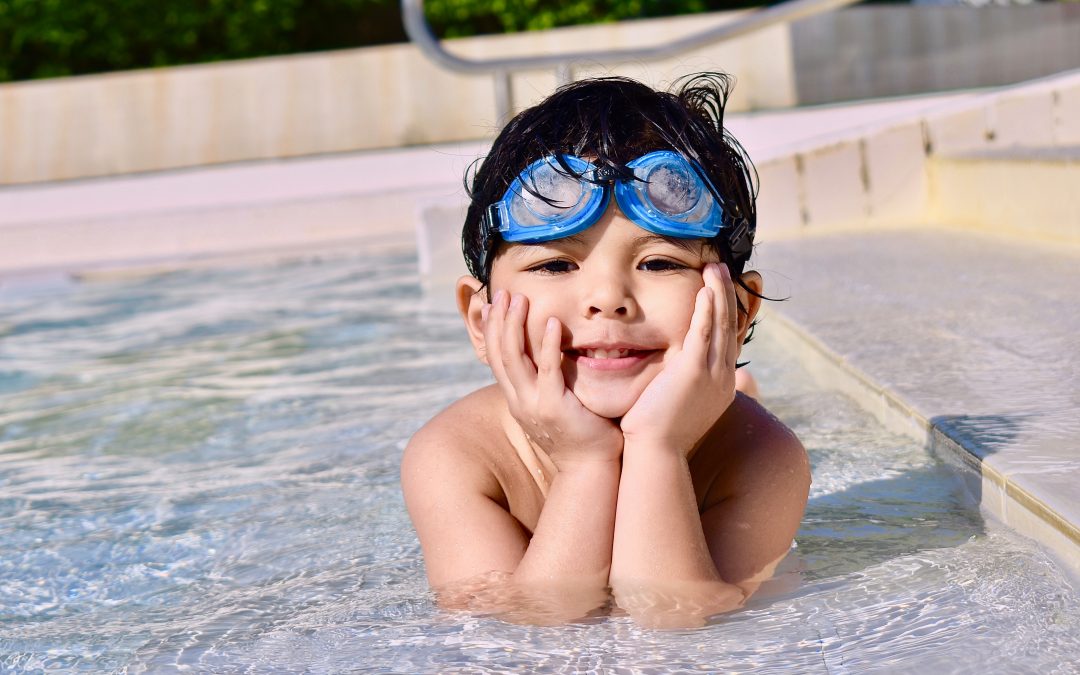What is black algae and why does it get into swimming pool water? That is a question the swimming pool service contractors from A Clear Choice Pool & Spa Service in Menifee, California get asked all the time. How to prevent black algae in your pool is also something that is discussed with our pool customers regularly.
Black, and any other color, algae will attach itself to any porous surface in your swimming pool and begin growing. Fiberglass swimming pools are less prone to algae growth because the surface is smooth. Algae can form in and around the corners of the pools, in the grooves of the vinyl liner and gunite pool surfaces as well as around and behind pool steps and other hard to reach areas. Algae blooms and grows in heated water and can grow whether it’s in sun or shade.
Black algae is one of the most aggressive and fast growing types of algae you will see in your swimming pool and it is also the hardest to get rid of. Super-chlorinating or adding an algaecide won’t kill this invasive species.
- Black algae grow deep roots
- Black algae have a natural protective layer that prevents chemicals from penetrating it.
Don’t despair, it can be removed, but typically requires the services of an experienced swimming pool service contractor.
Black algae will show up as small black spots on the pool walls, floor or even in areas you can’t, and won’t, see until it’s taken over the pool.
To remove it, we will:
- Brush the pool thoroughly. Even brushing away the surface algae won’t remove the roots and that’s why you need to do more than scrub
- Chlorine tablets, broken in half, and applied directly onto the areas in which the black algae appears is necessary. This is one of the best ways to kill the roots.
- The filter will need to be thoroughly cleaned
- All pool toys and accessories and bathing suits need to be thoroughly cleaned as the black algae spores can hitch a ride on them and be re-introduced to the water
- The pool will need to be shocked and it’s best to use a granular chlorine to do this task.
- Run the filter and pump for more than 24 hours.
- Wait a few days, then shock again.
- Run the filter another 24 hours.
The best way to prevent algae is to maintain the swimming pool properly and regularly. Test the water, brush the pool thoroughly, vacuum and add the proper chemicals.

